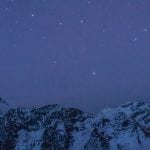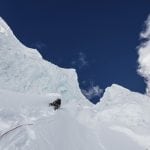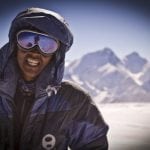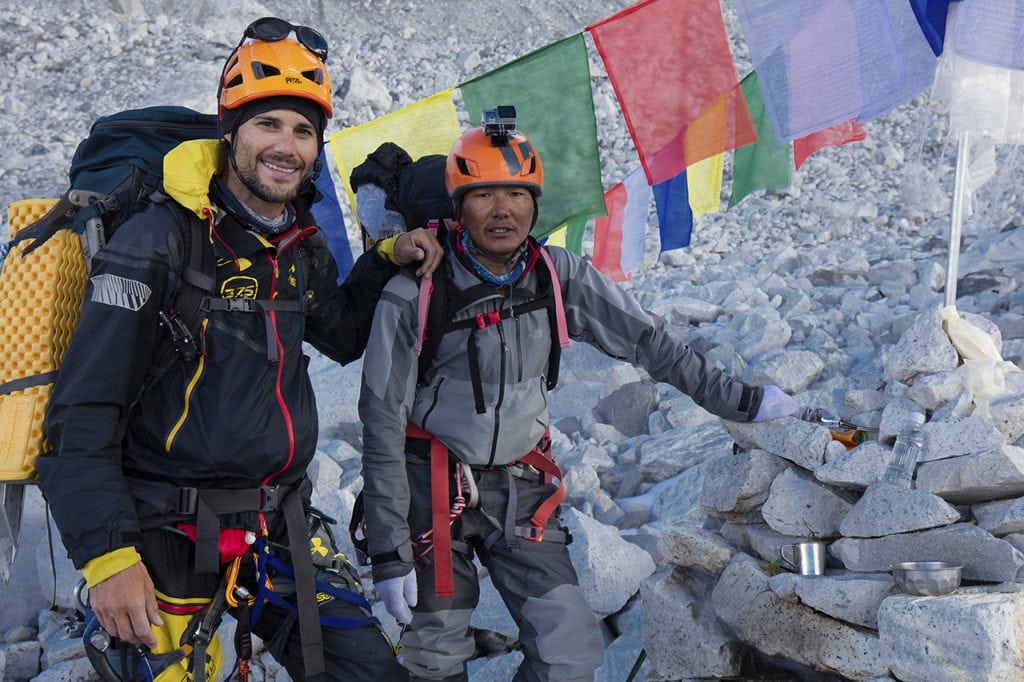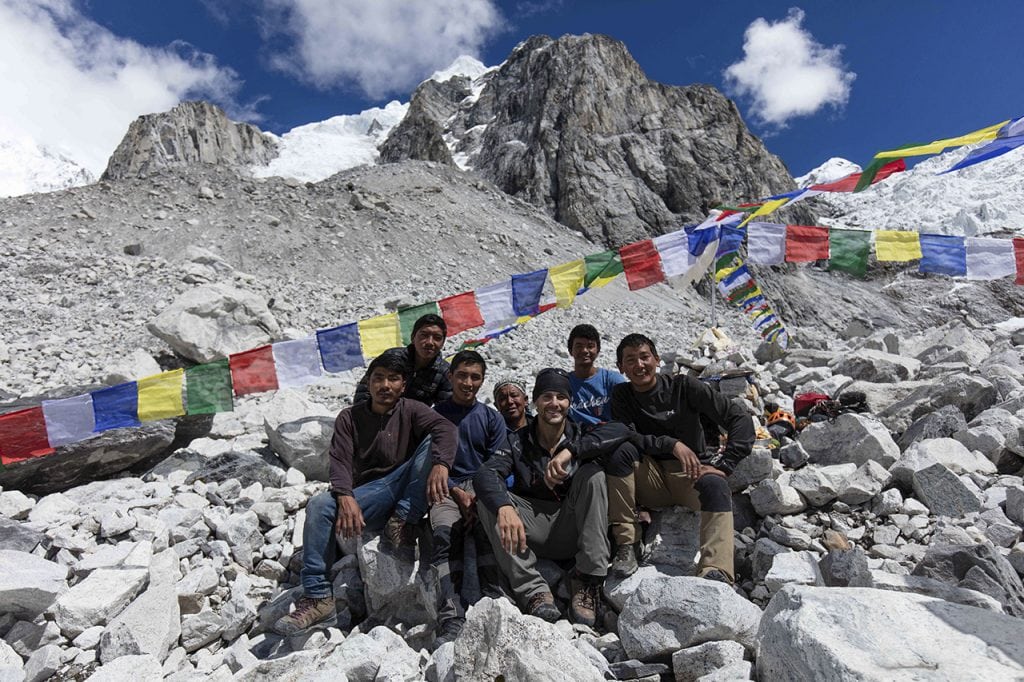In 2016, while on a philanthropic mission in Africa, I met a young Kenyan woman named Jane Waithera, a person with albinism. I was immediately taken back by her passion, her character and most importantly, her voice as an activist. I learned about the crimes committed against persons with albinism in east Africa, coupled with the fact that Tanzania was once the epicentre of attacks against persons with albinism and immediately connected the dots with the Climb for Albinism. What more powerful statement could there be than a team of six women with albinism standing on the summit of Kilimanjaro, which happens to be in Tanzania. The goal: to amplify their voices, re-write the narrative and demonstrate to the world that they are capable, powerful and inspirational role models.
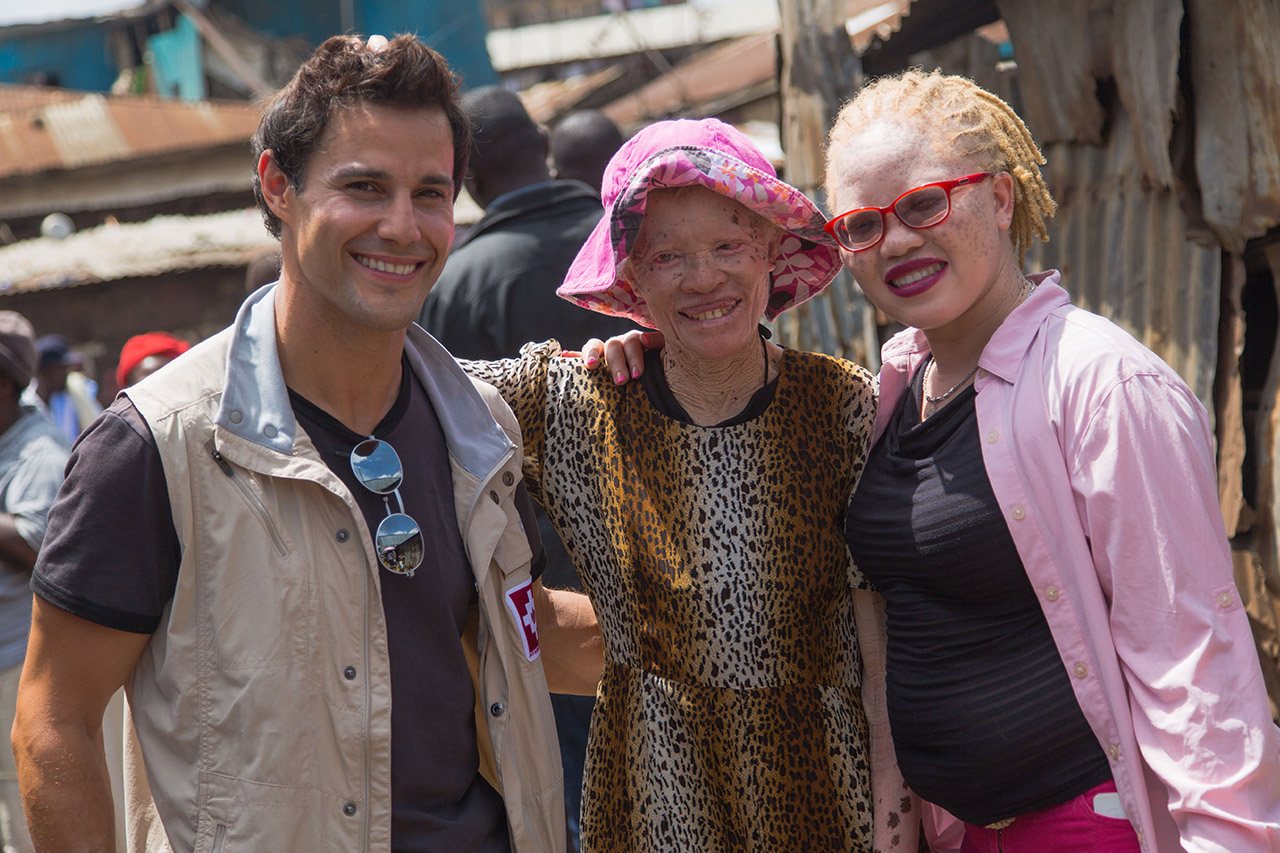
I spent a week in Kenya with Jane, visiting friends of hers, communities, her grandmother who raised her, schools for children with albinism and then finally a safe-house in Tanzania. This is where I met Mariam. And this is where I knew in my heart and soul that this climb and initiative had to happen.
Mariam’s story blew my mind. She was attacked in the middle of the night while at home in Tanzania with her son. Her arms were hacked off by men with machetes while she was sleeping and she was left to die. She was also pregnant at the time. Somehow, she survived. She recounted this story on camera in the safe house while two young boys sat behind me – Baraka and Mgwulu. Both boys, 8 and 12-years old, were also victims of attacks. One lost a hand, the other lost an arm. My heart wept as I learned about their stories and my mind raced as I committed at the deepest level to making this expedition and campaign a reality.

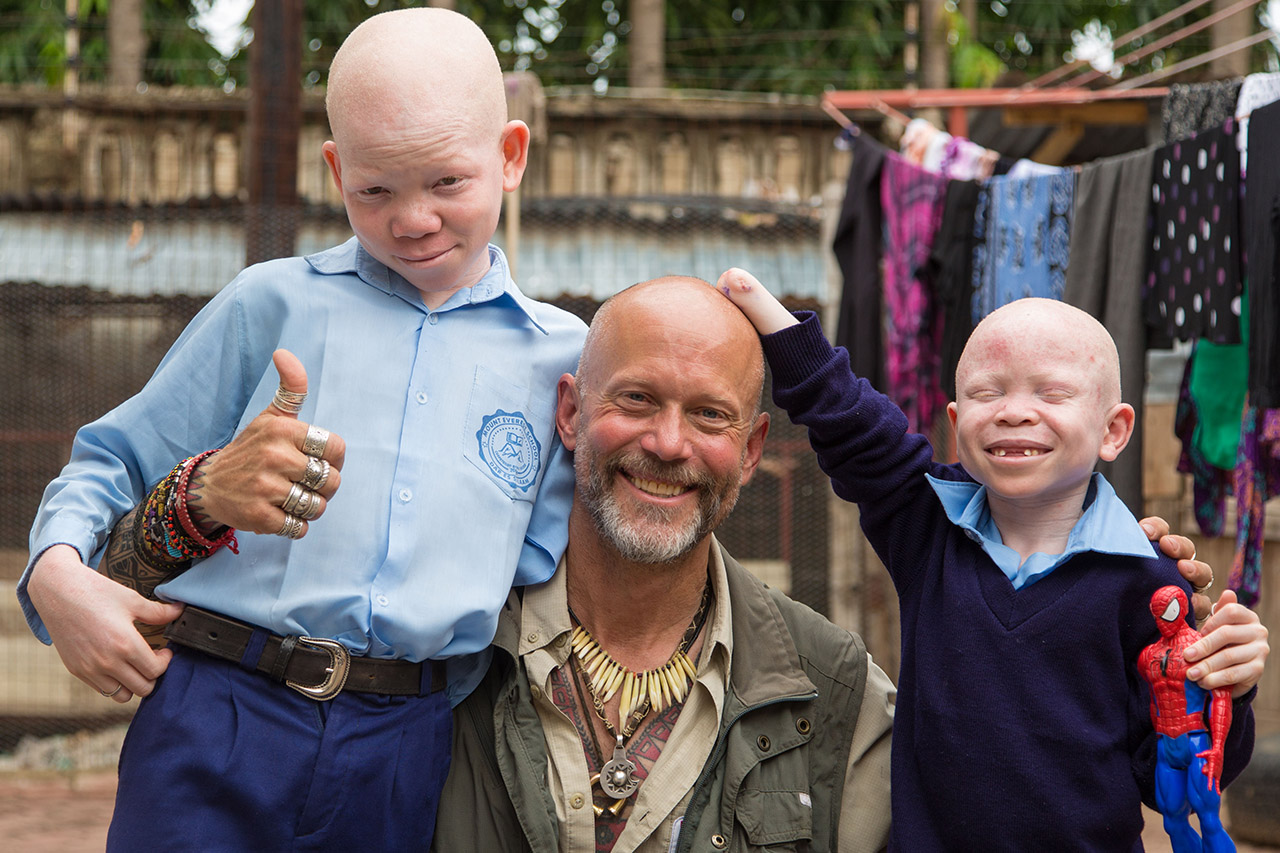
Why the attacks, you ask? Because of superstitious beliefs that the body parts of persons with albinism yield magical powers. The Witch Doctors in the tribal regions perpetuate these beliefs and create a false narrative creating a need for body parts on the black market. It is a horrific and gruesome reality that is hard to believe, particularly in 2018. As a result, persons with albinism live in fear in remote areas, in specific countries. East Africans are the most vulnerable.
Winston Churchill once said: “Every now and then we stumble across the truth. Most of us pick ourselves up and pretend it never happened.”
I could not pretend this wasn’t happening and I wanted to help and do something about it.
Since early 2016, I have worked tirelessly on this campaign with my co-creator Jane Waithera. Having lead successful expeditions and philanthropic campaigns around the world, including multiple summits of Mt. Everest, I drew from all of my experience as a filmmaker, social entrepreneur and mountaineer and began putting the hundreds of details in place to make this a successful and safe campaign.
We selected our team of six women from across Africa via an online Facebook contest. Potential candidates submitted their videos and we landed with six incredibly inspiring women who will represent each region of the African continent.
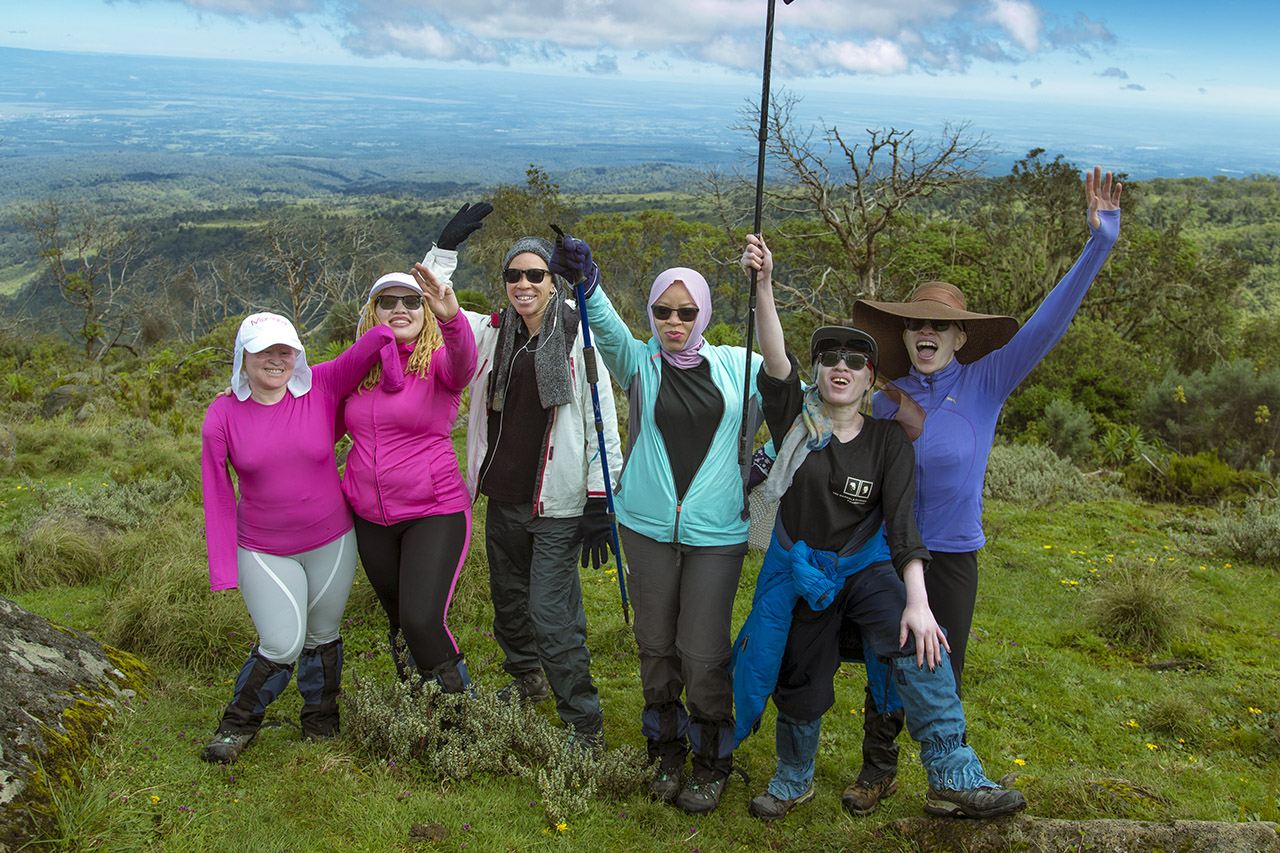
Jane Waithera – Kenya
Maah Keita – Senegal
Dr. Edi – Nigeria
Mariam Stafrod – Tanzania
Nodumo Ncomanzi – Zimbabwe
Regina Mary – South Africa
This expedition is unlike any other I’ve ever created. The Climb for Albinism requires more attention to detail due to the team members’ sensitivities to the sun – one of the greatest dangers they face – and their lack of experience climbing mountains.
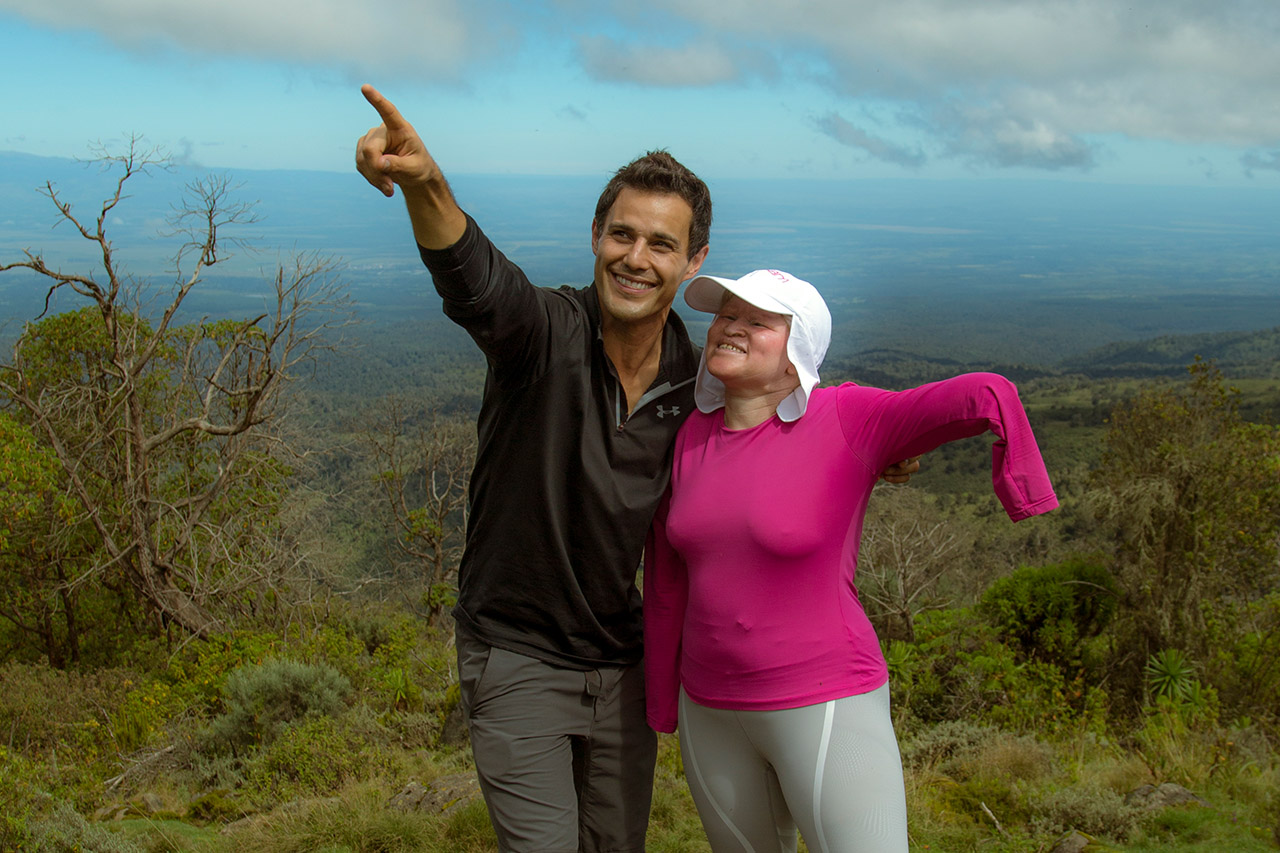

How do we mitigate the risks and ensure safety and success?
-We hired my trusted friends and experts from Adventure Alternative to handle and facilitate logistics on Kilimanjaro
-We made provisions for over 50+ people to support the climb on Kilimanjaro, including 12 guides, 2 per climber on summit night and a small army of porters
-We ran a simulation expedition on Mt. Kenya and climbed to 4300m above sea level
-We partnered with East-Africa’s leading albinism experts, Under the Same Sun, who have guided us and advised us every step of the way
-We partnered with Essilor for eyewear who have provided our ladies with the most advanced lenses to protect their eyes
-We brought on an optometrist named Dr. Becky Kammer, a low vision specialist, who is climbing with us
-We partnered with Open Society Initiative West Africa for additional support and guidance
-We’ve brought on two of the most talented filmmakers I know to work with me on the documentary
-We partnered with Dr. Fitness, a Kenyan M.D and local celebrity trainer, she’s been overseeing the women’s fitness programs
-We have teachers in North America working on an educational campaign. Student in schools will be able to follow the adventure in ‘real-time’
-We have mapping experts at ESRI Maps collaborating on the educational experience
-We hired a PR company who is gearing up to share the story with the world
And much more!
I’m currently traveling across Africa, documenting the women’s preparations for what is going to be one of the greatest physical challenges they’ve ever endured. As far as I’m concerned, they’ve all climbed far greater metaphoric mountains than this one, but Kilimanjaro is certainly going to push them to their limits. Their stories are nothing short of inspirational.
I look forward to sharing this meaningful and exciting journey that will be unfolding on September 25th, 2018.
The summit awaits!
Elia Saikaly
